Increased activity at Colima volcano, Mexico
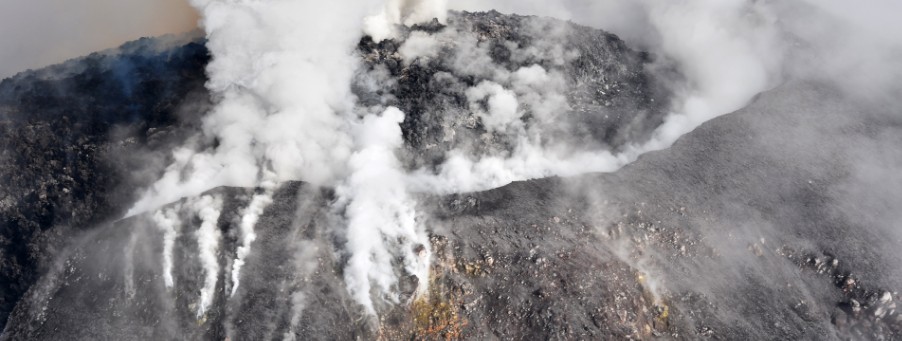
A new phase of increased activity has started at Mexico's Colima volcano on September 26, 2016. The volcano is producing lava flows, frequent strong explosions and near-constant ash emission. On September 30, authorities expanded the exclusion zone in the state of Colima to 12 km (7.5 miles).
New lava dome, discovered in February 2016, is now rapidly growing and producing lava flows. The volume of lava emitted so far is about 750 000 m2 (0.3 mi2).
The explosions are now more frequent and stronger and there is a near-constant ash emission. Persistent ashfall in nearby communities is possible.
During today's overflight, intense fumarolic activity was observed at the top of the dome. Water vapor and volcanic gases reached a height near 3.5 km (11 482 feet) above the crater, 7.3 km (24 114 feet) above sea level.
There is a risk that lahars could affect the lower parts, Civil Defense Department warned.
Current effusive activity and small pyroclastic flows pose a danger to the population and the department has expanded the exclusion zone in the state of Colima to 12 km (7.5 miles) from the crater. Jalisco maintains exclusion zone of 7.5 km (4.6 miles) from the crater.
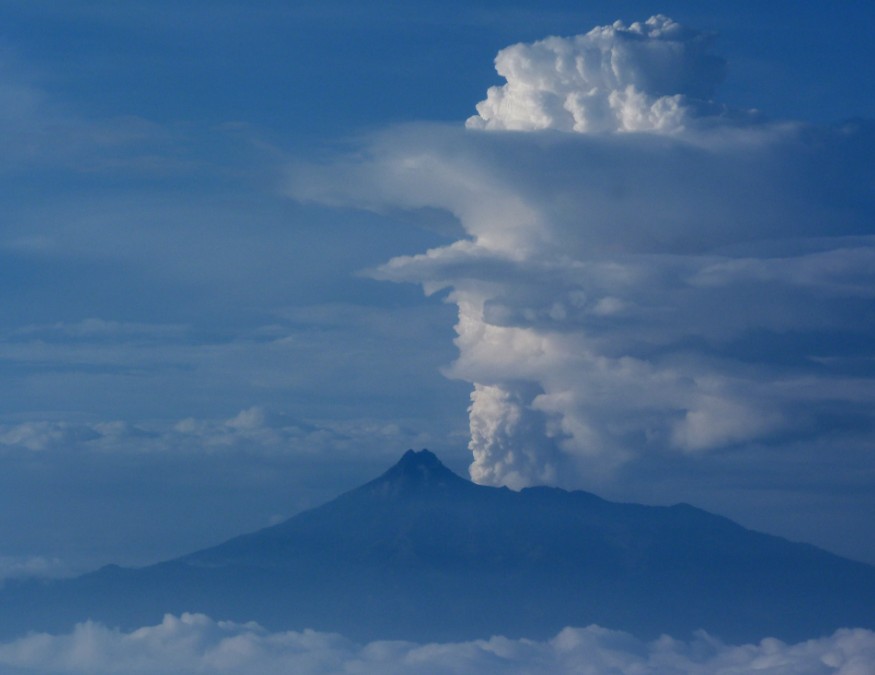
Colima volcano erupting on September 30, 2016. Credit: Civil Defense Department, Jalisco, Mexico
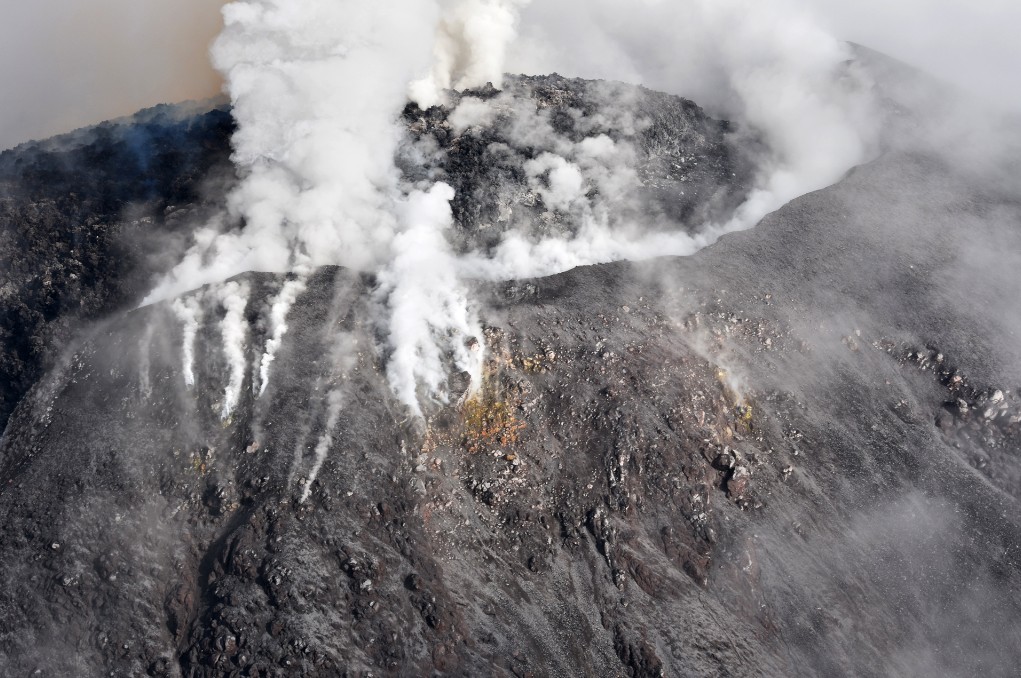
New lava dome at Colima volcano on September 30, 2016, Mexico. Credit: Civil Defense Department, Jalisco, Mexico
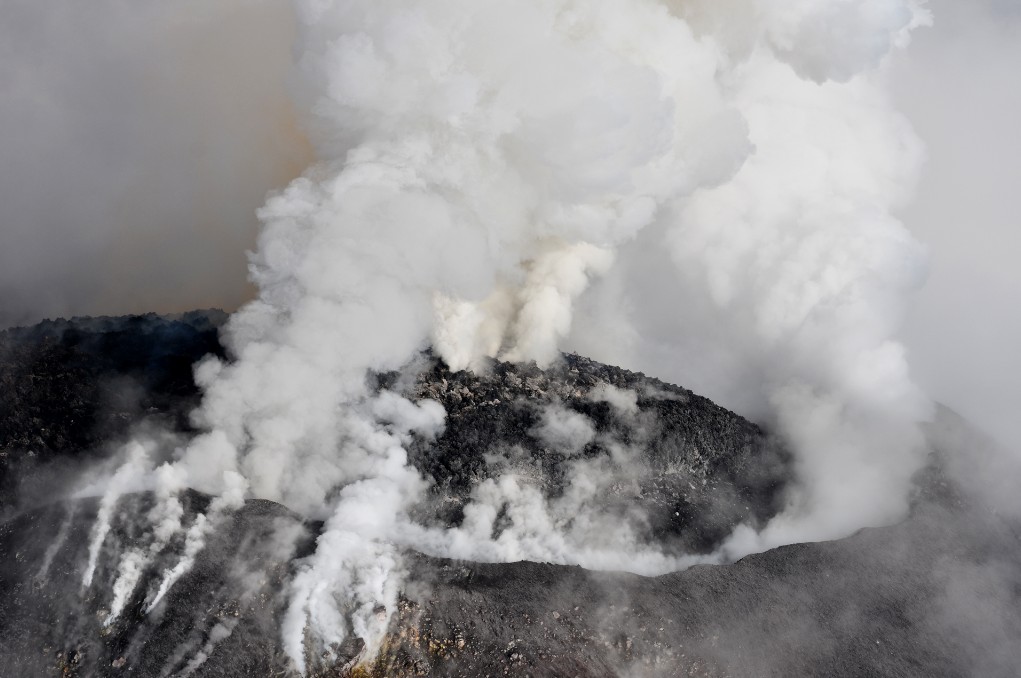
New lava dome at Colima volcano on September 30, 2016, Mexico. Credit: Civil Defense Department, Jalisco, Mexico
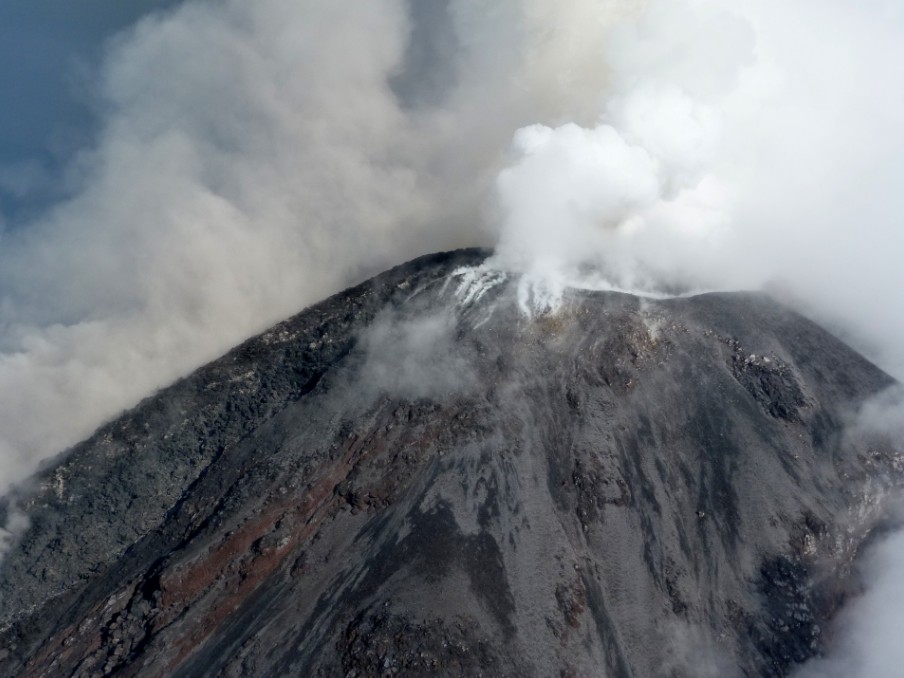
New lava dome at Colima volcano on September 30, 2016, Mexico. Credit: Civil Defense Department, Jalisco, Mexico
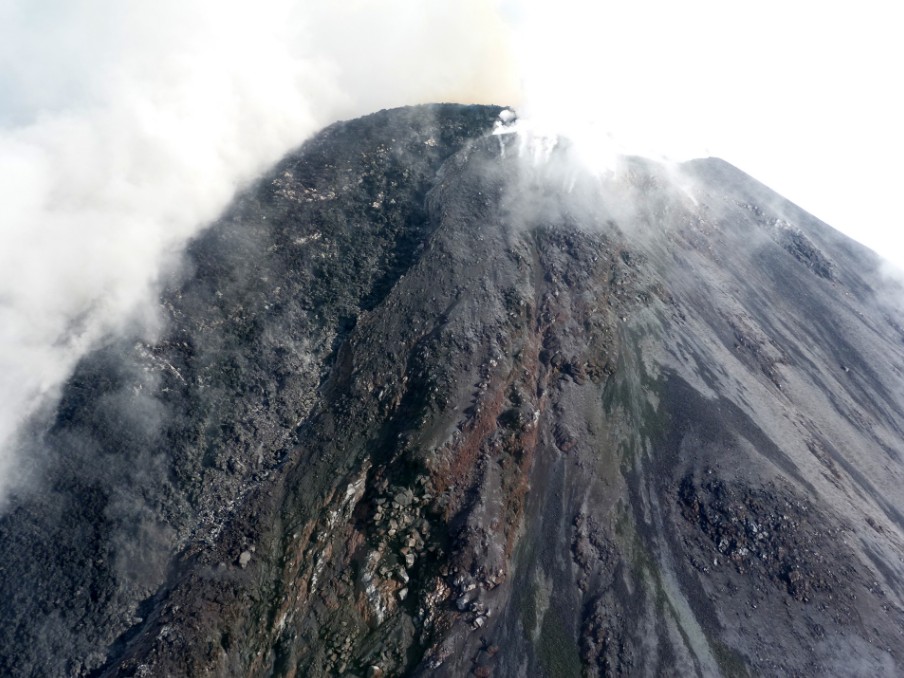
New lava dome at Colima volcano on September 30, 2016, Mexico. Credit: Civil Defense Department, Jalisco, Mexico
Geological summary
The Colima volcanic complex is the most prominent volcanic center of the western Mexican Volcanic Belt. It consists of two southward-younging volcanoes, Nevado de Colima (the 4320 m high point of the complex) on the north and the 3850-m-high historically active Volcán de Colima at the south. A group of cinder cones of late-Pleistocene age is located on the floor of the Colima graben west and east of the Colima complex. Volcán de Colima (also known as Volcán Fuego) is a youthful stratovolcano constructed within a 5-km-wide caldera, breached to the south, that has been the source of large debris avalanches.
Major slope failures have occurred repeatedly from both the Nevado and Colima cones, and have produced a thick apron of debris-avalanche deposits on three sides of the complex. Frequent historical eruptions date back to the 16th century. Occasional major explosive eruptions (most recently in 1913) have destroyed the summit and left a deep, steep-sided crater that was slowly refilled and then overtopped by lava dome growth. (GVP)
Featured image: New lava dome at Colima volcano on September 30, 2016, Mexico. Credit: Civil Defense Department, Jalisco, Mexico

Commenting rules and guidelines
We value the thoughts and opinions of our readers and welcome healthy discussions on our website. In order to maintain a respectful and positive community, we ask that all commenters follow these rules.